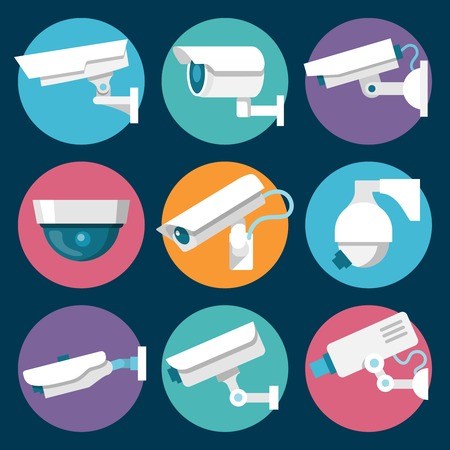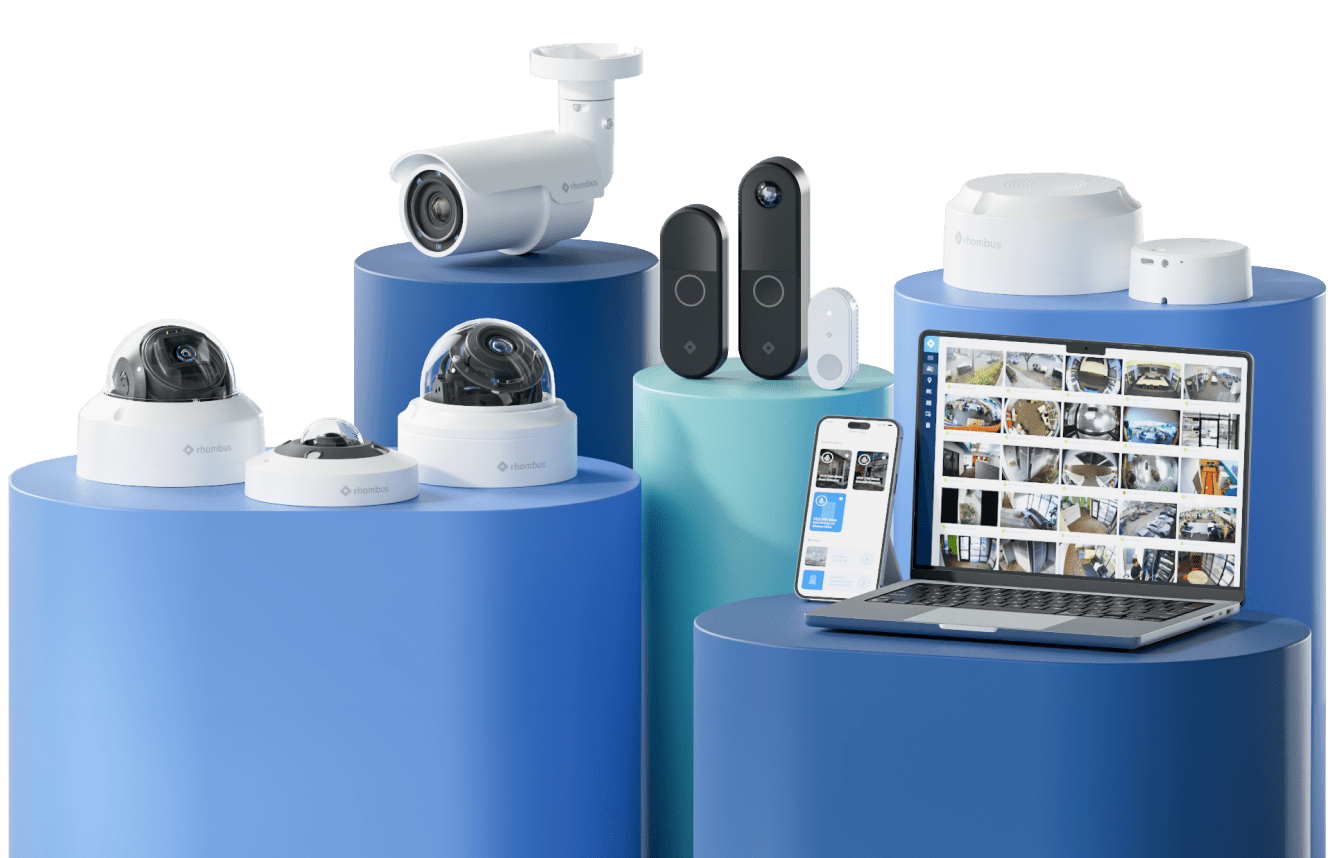
What's the difference between CCTV cameras, IP cameras, and analog cameras?
January 09, 2018

This question can be a frequent point of confusion when talking with people. To help, let's start with some definitions as that might help.
CCTV
This stands for "Closed-Circuit Television" and is the most commonly used acronym to refer to any type of video security system. It literally means any type of video network that is not broadcast. Almost like your Intranet / LAN (local area network) vs Internet / WAN (wide area network). Originally these cameras were wired with coaxial cable and hooked up to video monitors and some type of video recorder. Now though, the term can refer to almost any type of video security system regardless of the technology used.
Analog Cameras
These were the original types of cameras and they often relied on coaxial cables with another source for power. There's not much more to say here other than this is a very dated approach for a number of reasons. If you find yourself hooking up coaxial cables with separate power and wiring each of those into hardware from 1999, it's probably worth googling for a few minutes to find some alternatives :).
IP Cameras
While the first CCTV cameras used coaxial cables, modern camera systems moved to the common IP (Internet Protocol) standard to give them more flexibility for deployment especially to leverage a company's existing IP network. This meant that cameras could be managed on the same network as other network gear like Wi-Fi. This is the most modern approach for deploying cameras.
Wireless Cameras
The term "wireless" can have a couple different meanings. The first meaning pertains to Wi-Fi cameras which you are seeing more and more of especially in the consumer space. The second type of "wireless" means literally no cords including power. These are popping up on the consumer side as well with cameras like the Arlo which are rechargeable. True wireless cameras have some interesting applications and are extremely flexible to setup. It's something we're interested in at Rhombus, but they have some practical business limitations that we're still exploring like what do you do if the battery runs out.
Lastly, here are some questions to ask when looking for a security camera for your business:
- How do I want to connect and power these cameras?
- If you're doing a Wi-Fi deployment, then you'll likely need convenient AC power for each camera.
- AC (wall outlet) or PoE (Power over Ethernet)
- For mass deployments, finding an actual power outlet is much more of a pain than just running Ethernet. Ethernet can solve the power and connectivity with 1 cord.
- Furthermore, in numerous locales, it's often easier to get someone to run Ethernet rather than hiring an electrician to run power.
- How much video storage do I need?
- Often in consumer situations, just seeing periods of activity is enough
- But many businesses need 24x7 storage and sometimes due to regulations, they need to store a specified number of days
- Do I want something completely on-premise or a solution that leverages the cloud?
- If for compliance reasons you can't have anything in the cloud, then that probably dictates the type of solution you will use
- Otherwise, it's good to at least explore solutions that use the cloud as that will give you the most long-term flexibility and save you from managing a lot of hardware
- Do I need to manage multiple locations? 1. If you do, then it will probably require you to look at something that leverages the cloud if you want to manage everything from a single console
If you are in the market for a new system, my only recommendation is to at least avoid the analog systems and to check our favorite option out.
Summary
In the end, CCTV is really a blanket term that can apply to any type of video security system. Analog cameras were the first iteration of cameras used and IP cameras are the latest which can be hooked into an IP network either via cable (Ethernet) or wirelessly (Wi-Fi). Wireless cameras just refer to which wires you want to remove (internet and/or power).

Try Rhombus for Free!
See why school districts, cities, and Fortune 500 companies use Rhombus.
Start Trial

